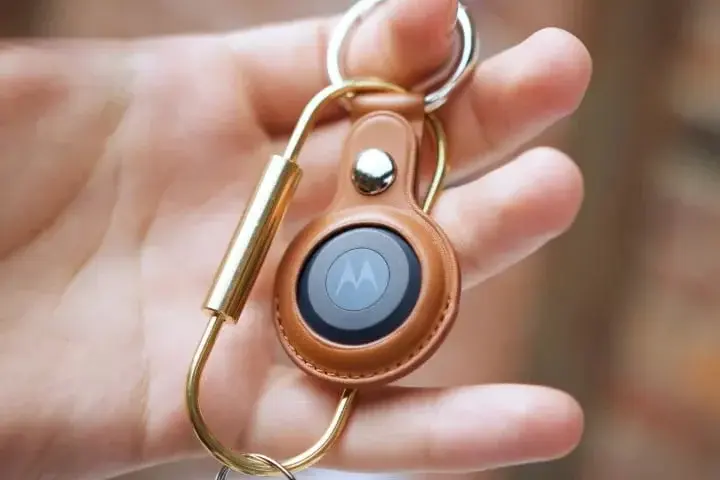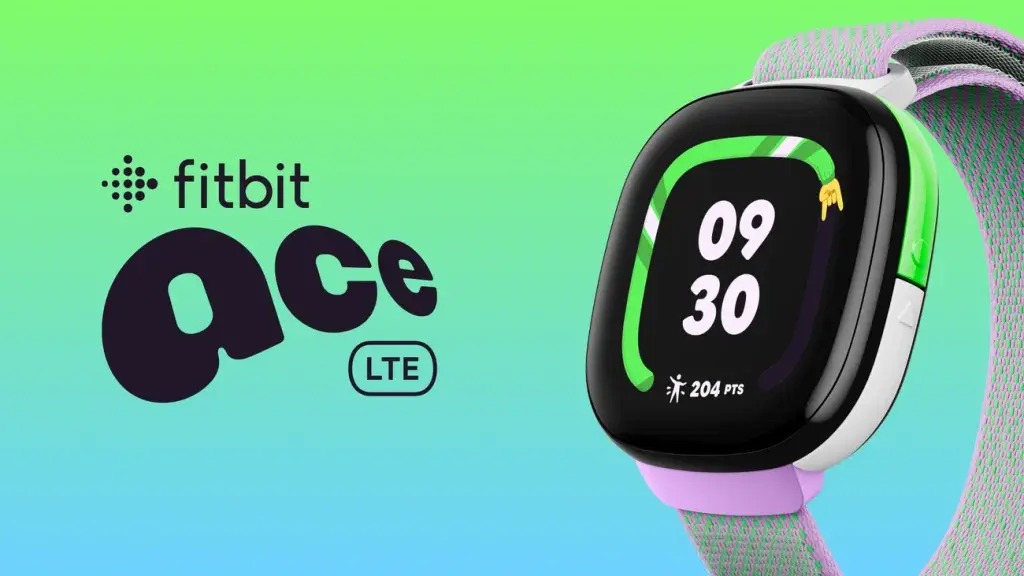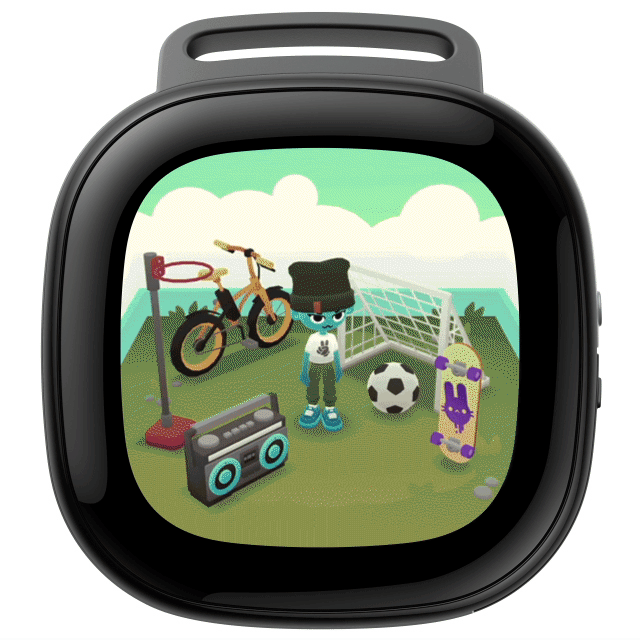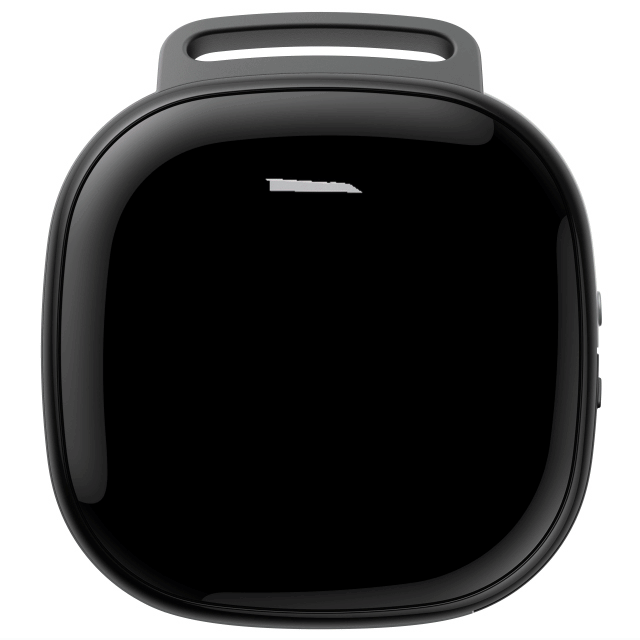Pebblebee has been producing trackers compatible with Apple’s Find My for some time now. Earlier this year, they introduced trackers that work with Google’s Find My Device network. Recently, they revealed a new series of Bluetooth trackers that support both Apple and Google’s tracking services.
Compatibility and Limitations
With the new Pebblebee Universal trackers, users can switch between Android and iPhone without needing to change their trackers. However, they do have a limitation: you cannot use the trackers on both networks at the same time. If you set up the tracker for Apple Find My, you’ll need to perform a factory reset to switch to Google’s Find My Device network.
Tracker Options
The Pebblebee Universal trackers include three models: the Pebblebee Card Universal, designed for wallets, passport holders, and laptop sleeves; the Pebblebee Clip Universal, which features a keyring for attaching to keys and bags; and the Pebblebee Tag Universal, equipped with adhesive and holes for straps, suitable for attaching to various items like remotes.
All three trackers come with LED lights, speakers, an IPX8 water resistance rating, and a rechargeable battery that charges via USB-C, though their battery lives vary. The Card offers 18 months of battery life, the Clip lasts for 12 months, and the Tag provides 8 months of usage.
Pricing and Availability
No matter which model you select, each tracker is priced at $34.99, slightly more than the Moto Tag available on Amazon for $29.99. Pebblebee also offers these trackers in 2-pack and 4-pack options, both of which come with discounts. You can purchase them from Pebblebee’s official store.







